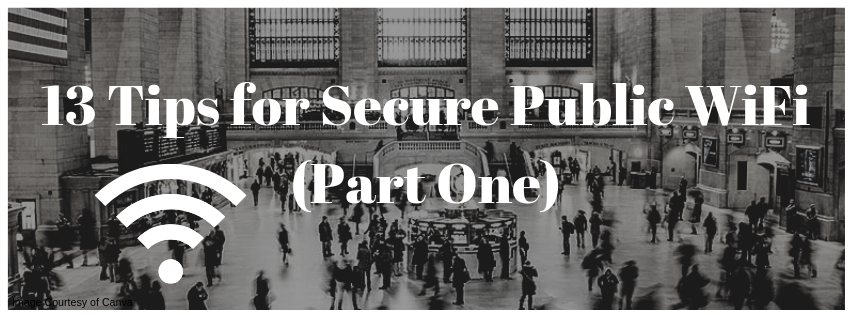Cafes, airports, libraries, the subway… Public WiFi can seem like a saving grace (or just convenient bonus) for anyone with no cellular service, little data available, or simply looking to get some work done on their laptop.
But wait… Isn’t public WiFi an extreme security risk – proved time and time again by stolen identities, browser spying, hacked passwords, and viral videos showing how a stranger with computer skills can access it all through that same WiFi connection?
Yes.
It still doesn’t stop the majority around the globe from joining public networks without a second thought, according to Symantec’s 2017 WiFi Security Report, where 60% said they consider their information safe when using public WiFi, and 53% can’t even tell whether the network they’re joining is secure or not.
What are they doing on these hotspots? 50% said that their usual routine is to access directions, but for an additional 40%, that’s reserved for watching adult content which would be embarrassing for anyone to be caught viewing.
Regardless of what you’re doing on a public network, open WiFi is still incredibly risky – allowing anyone to waltz in and steal your information without you even knowing it. So if you’re looking to protect yourself online, here’s part one of 13 Tips for Secure Public WiFi.
1) Choose the Right Network
One of the most popular tactics to steal information is through “Wi-Phishing”. Working just like it’s email counterpart, hackers steal information by creating an alternate wifi connection that’s name almost exactly matches the public wifi you’re looking for – think “HiltonHotels” versus “HiltonHotel”.
Patrons in a hurry connect to the first network they see without checking if it’s the right one. Don’t become a victim to wi-phishing and read off the correct network, letter for letter.
2) Ensure it’s Secure
When it comes to WiFi, the harder it is to access, the better. Don’t just hop on the first one that’s unsecured. Instead look for one that has a little lock by it in the public space, asking staff at the café or airport for the password, or looking for signs that may have it (often on your information packet in hotels, or menus in bars, etc.).
3) Ask to Connect
Accessible in settings on all your devices, change your wifi to “ask to connect”; disrupting your device from simply joining the strongest, open signal automatically. Instead, a blurb will pop up with the wifi name, asking to connect and giving you the chance to decide whether it’s a good idea or not (or even the right network).
4) Pay for Hotspots
While not joining public wifi at all is ideal, if you really need it – for entertainment in flights, or connection for directions in no-service zones, for example – consider subscribing to big-name hotspot providers like GoGo or Boingo.
Servicing hotspots around the world, services like Boingo or GoGo allow you to, pay an hourly, daily, or even monthly fee granting you access to a network that’s not only likely stronger than your typical signal, but also far more secure.
5) Join Hotspot 2.0
For those a bit more technically inclined, enabling Hotspot 2.0 on your devices is a clever way to jump from secure hotspot to hotspot wherever you are, just like a cell tower, all by simply entering your credentials once.
Running off of providers with the same ISP like Optimum, Boingo, and Spectrum, Hotspot 2.0 is compatible with most operating systems such as Windows, Android, iOS, and macOS – simply hop into your settings to turn it on!
Want more tips on connecting to secure wifi outside the home? We’ll be posting part two on (enter date).
